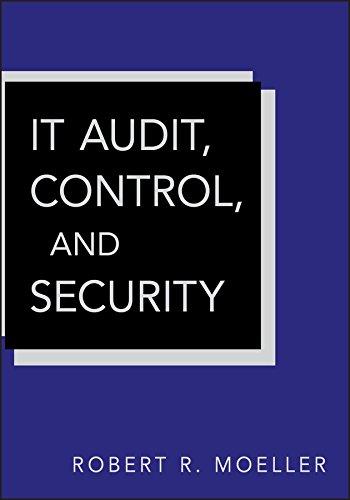scottie Adams Bird Supplies issued 10% bonds, dated January 1, with a face amount of $240,000 0,000 on January 1, 2021. The hands mature in 2011 (10 years. For bonds of similar risk and maturity the market vield is 12 In d ianly on June 30 and December 31. What is the price of the bonds at January 1.20217 Some relevant and irrelevant present value factors PV of annuity due of Sl: n 20; i = 6% is 12.15812 * PV of ordinary annuity of S1: -20,1 -6% is 11.46992 **PV of S1: = 20; 1-6% is 0.31180 A) $212,471. B) $229,729. C) $350.110. D) $366,626. 33) Interest expense is: A) The effective interest rate times the amount of the debt outstanding during the interest period. B) The stated interest rate times the amount of the debt outstanding during the interest period. C) The effective interest rate times the face amount of the debt. D) The stated interest rate times the face amount of the debt. 34) Straight-line amortization of bond discount or premium: A) Can be used for amortization of discount or premium in all cases and circumstances. B) Provides the same amount of interest expense each period as does the effective interest method. C) Is appropriate for deep discount bonds. *D) Provides the same total amount of interest expense over the life of the bond issue as does the effective interest method. 35) An amortization schedule for bonds issued at a premium: A) Summarizes the amortization of the premium, a contra-asset account with a credit balance. B) Is reported in the balance sheet. . C) is a schedule that reflects the changes in the debt over its term to maturity. D) All of these answer choices are correct. 36) When bonds are sold at their face amount (no discount, no premium) and the effective interest method is used, at each interest payment date, the interest expense: - A) Increases. B) Decreases C) Remains the same. D) is equal to the change in outstanding balance (book value). 20) The most common type of liability is A) One that comes into existence due to a loss contingency. B) One that must be estimated C) One that comes into existence due to a gain contingency. D) One to be paid in cash and for which the amount and timing are known 21) Which of the following is the best definition of a current liability? A) An obligation payable within one year B) An obligation payable within one year of the balance sheet date C) An obligation payable within one year or within the normal operating cycle, whichever is longer D) An obligation expected to be satisfied with current assets or by the creation of other current liabilities 22) The key accounting considerations relating to accounts payable are: A) Determining their existence and ensuring that they are recorded in the appropriate accounting period. B) Determining their present value and ensuring that they are recorded in the appropriate accounting period. C) Determining their existence and determining the corect amount D) Determining the present value of the principal and the amount of the interest 23) Classifying liabilities as either current or long-term helps creditors assess A) Profitability B) The relative risk of a firm's liabilities. C) The degree of a firm's liabilities D) The amount of a firm's liabilities 24) When cash is received from customers in the form of a refundable deposit, the cash account is increased with a corresponding increase in: A) A current liability. B) Revenue. C) Shareholders' equity D) Paid-in capital 25) The rate of interest that actually is incurred on a note payable is called the A) Face rate. B) Contract rate -C) Effective rate D) Stated rate. D D E E 38 AB - 39 A B C A C www.Sc PAR PART Reorder TE 80 TO








